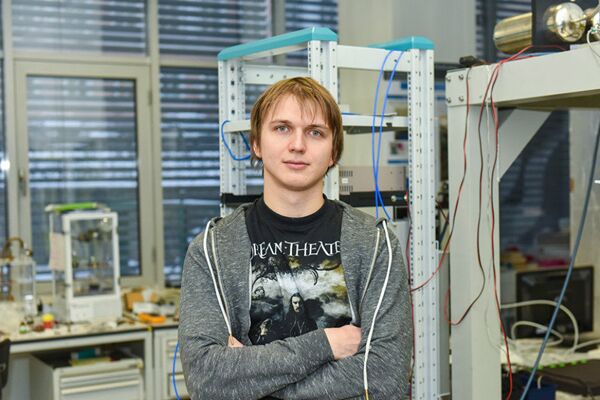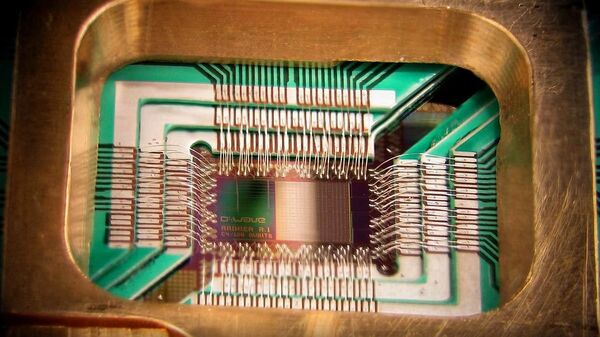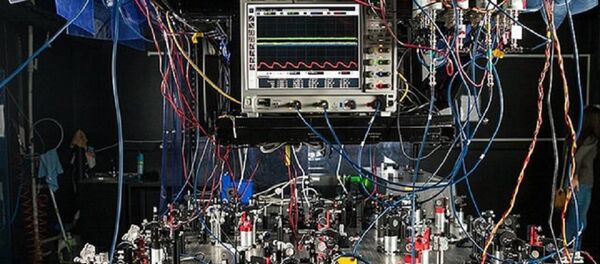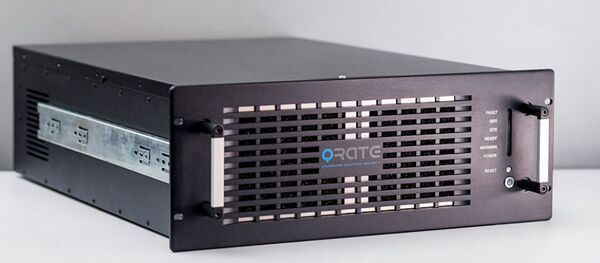The breakthrough was led by scientists from Russia's MISiS National University of Science & Technology, in cooperation with researchers from Germany's University of Karlsruhe and the Leibniz Institute of Photonic Technology in Jena.
The advent of quantum computing and the creation of qubits (the quantum analogue of the classical binary bit used to store information in quantum computers) has long been theorized to allow for the possibility of creating a material consisting of meta-atoms, whose states can be defined only through the use of quantum mechanical principles, rather than the equations of classical physics. Until recently, these ideas remained confined to the realm of theory, since they required the creation of special, meta-qubits.
But the Russian and German researchers' new 'mirrored' metamaterial device, on the other hand, "has five transitions, symmetrical to the central axis," Shulga added. "We conceived of mirror qubits as a system which is more complex than ordinary superconducting qubits."

"The logic here is simple," the scientist noted, with a complex system "that has a large set of degrees of freedom having a greater number of factors which can affect its properties. Changing some external parameters of the environment in which our metamaterial is placed allows for these properties to be turned on and off, transferring a mirror qubit from one basic state and with one set of properties to another."
As MISiS lab engineer Ilya Besedin clarified, with the help of the use of a magnetic field, this metamaterial can thereby be used as a control element in systems for the transmission of quantum signals (i.e. individual photons) in the kinds of circuits now being developed for use in quantum computers.
With mirror qubits being several times more complex than their conventional cousins, this complexity can theoretically match or even surpass the capabilities of modern electronic computers, thereby enabling such systems to be used as a quantum simulator –i.e. a device capable of simulating or modelling the properties of a real process or material.

The research team's findings were published in the peer-reviewed scientific journal Nature Communications, and can be found here.





